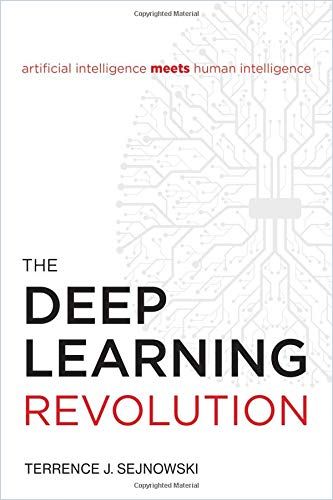All About AI – Part 2: How Machines Learn
If the music app Shazam tells you what song is playing on the radio, it recognizes a unique pattern in the snippet of music it listened to. And the app that analyzes a photo of your friend to tell you where you can buy the same shirt or dress? It recognizes the patterns in their clothes. (Thanks for asking your friend for consent to use that photo, by the way.)
Keinen Channel gefunden.Machine learning uses artificial neural networks that simulate – in a much, much, much simpler way – the real neural networks of the brain. It’s entirely unclear whether any machine could ever match the unimaginable complexity of the human brain. Nevertheless, today’s machine learning has become very powerful and versatile.
What’s All the Fuss About Deep Learning?
To achieve deep learning, more layers are added to the artificial neural network. Say you want to recognize a face, then you might have different layers recognize certain objects in that image – a nose, an ear, an eye – which the network then puts together to form a face.

This is yet another parallel to how the human brain works. Its visual system is composed of many units, each specialized in detecting the shape or orientation of certain patterns, depth or motion, and other information that is constantly streaming in through our senses. Only when all aspects are integrated does a more holistic picture form. And while what we see is based on information from the external world, our brain doesn’t hold back in personalizing that content for us. It generously adds chunks of memory and directs our attention to some details that stand out from the bigger picture. The brain really is an expert curator!
Konnte keinen Inhalt finden.
A machine’s algorithms need data – big data in many cases – to work out an answer to a question we’ve posed. Sometimes, all you need in return are some numbers, text or an image. But other times you need a machine to perform an action in the physical world. And that’s what we call a robot. Learn all about them in Part 3 of this column – coming soon.
Additional Reading:




